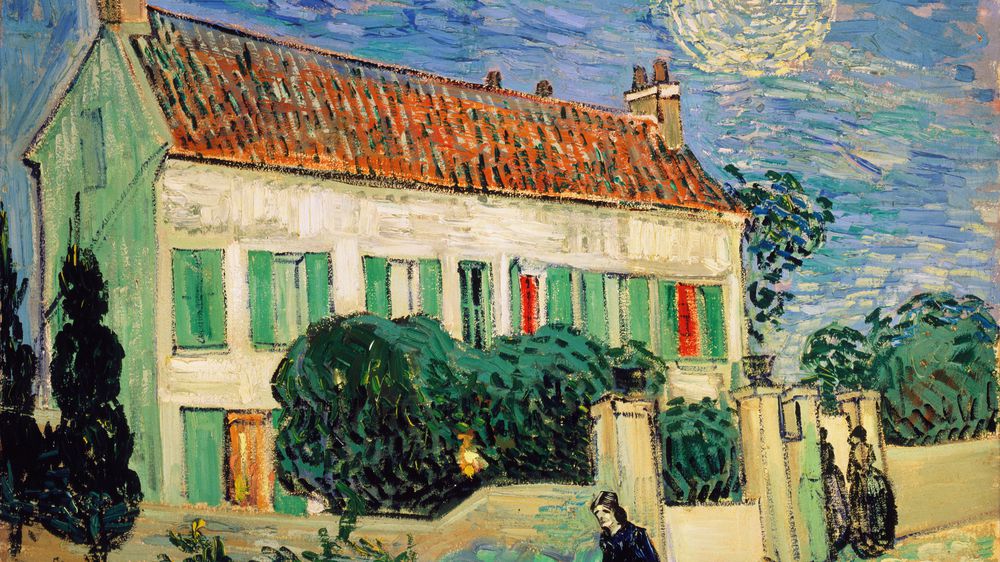- Click to Go back
- Click to More

El Greco
El Greco (‘the Greek’) was born in Crete, but is now seen as representing a high point in Spanish painting. Having initially trained in the Byzantine icon tradition, he moved to Venice during the 1860s and entered the workshop of Titian. He learnt much from studying the colorful and painterly style of Tintoretto, whilst time in Rome allowed him to absorb the works of Michelangelo. By 1577, he had travelled to Toledo and begun the first of many religious altarpiece commissions. His most famous remains The Burial of Count Orgaz (1586-8). Although his portraits were often distinctly naturalistic, his altarpieces displayed the twisting, elongated distortions of the Mannerist style. El Greco’s work aimed at capturing a vivid religious truth beyond the realm of mere appearances. This ecstatic, visionary quality can also be seen in the two paintings he made of Toledo. The rise of Expressionism owes much to his work being ‘re-discovered’ at the end of the nineteenth century.
Editorial (2)

"Not in Good Taste": The Birth of Baroque
(Want to explore the history of other movements, styles, and schools? Check out our series.)…

Strike a Pose: Serpentine
Each installment of Strike a Pose features one of art history’s most seminal postures. Mediums range from sculpture to oils…
Playlists (19)



The Hermitage Museum: Curated Picks



Greek Mythology
Related artists

Franz Marc
German, 1880–1916
Diego Rivera
Mexican, 1886–1957
Kazimir Malevich
Russian, 1878–1935Works (55)
Welcome to the Meural Art Library
If you're new to Meural, check out the Meural Canvas. It brings all of our art to life, rendering each image as lifelike as a museum original.